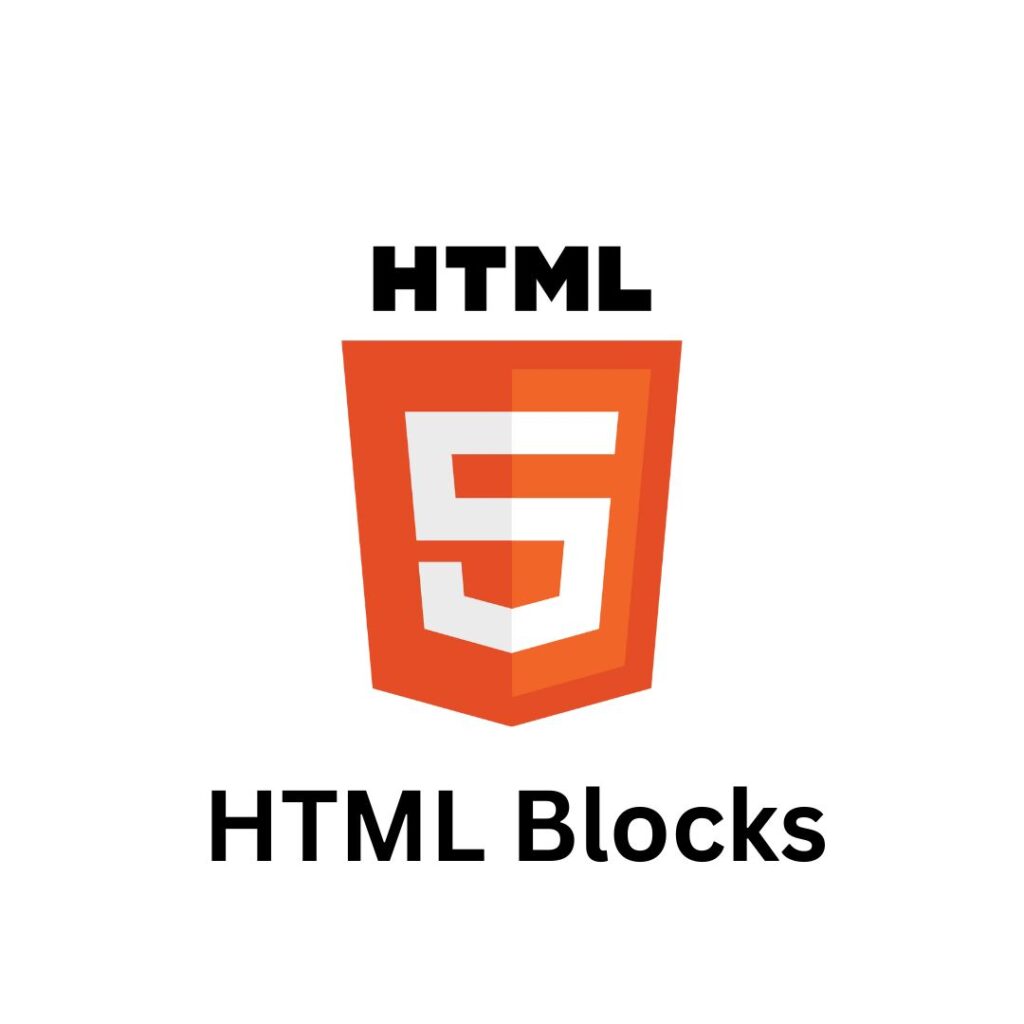HTML Blocks

HTML Blocks
HTML block-level element is an element that creates a block-level box. This means that the element occupies the full width of its parent container and creates a new line before and after itself. Block-level elements are commonly used to create the main structure of a web page, such as headings, paragraphs, lists, and div containers.
Here are some examples of block-level elements:
<div> – Defines a division or section of a web page. It is often used to group and style other elements.
<h1> – Defines a top-level heading.
<p> – Defines a paragraph of text.
<ul> – Defines an unordered list of items.
<ol> – Defines an ordered list of items.
<li> – Defines a list item.
<form> – Defines a form for user input.
<table> – Defines a table of data.
<article> – Defines an article or section of a web page.
<section> – Defines a section of a web page.
Block-level elements can be styled using CSS to control their appearance, such as font size, color, and margins. By default, block-level elements have a margin above and below them, which can be adjusted using the CSS margin property.
It’s important to note that block-level elements have some important differences from inline-level elements, which do not create new lines and are typically used for smaller content, such as links and images. Understanding the differences between these types of elements is key to creating well-structured and easily readable HTML documents.

